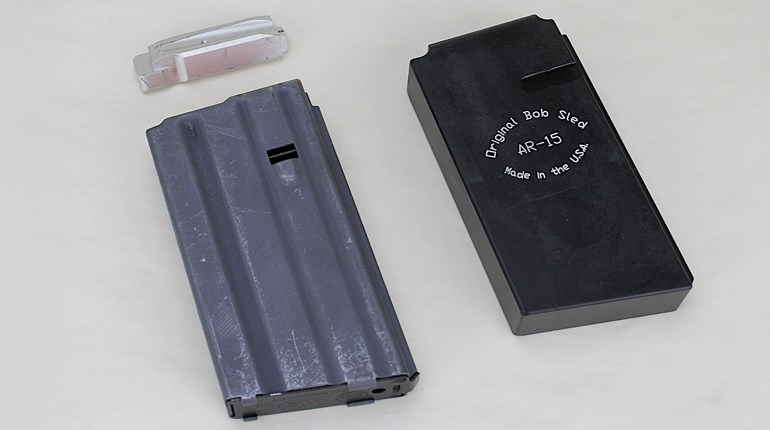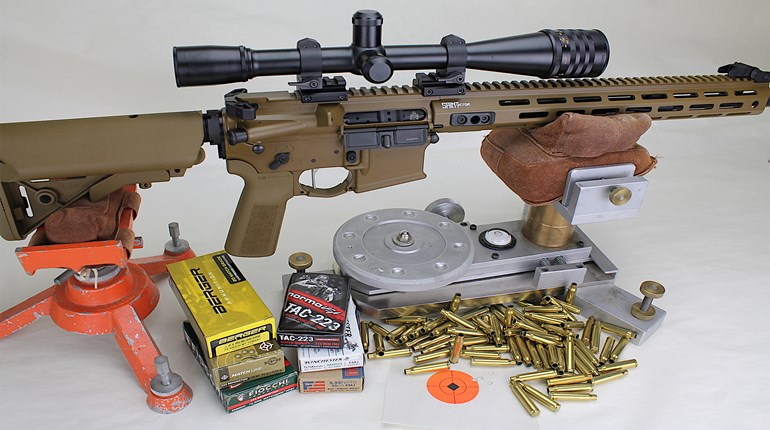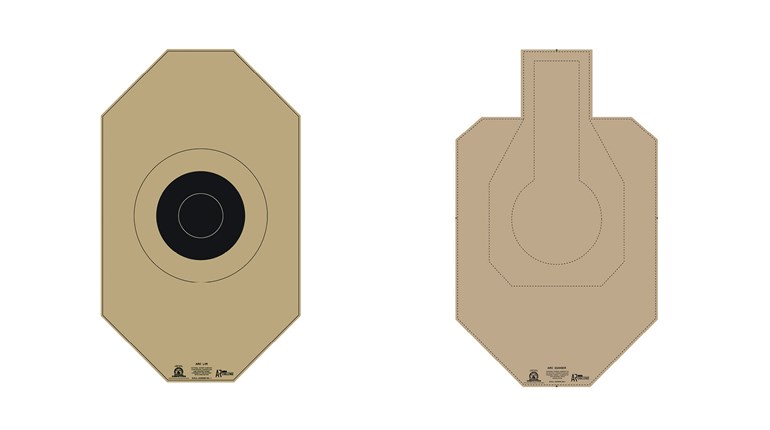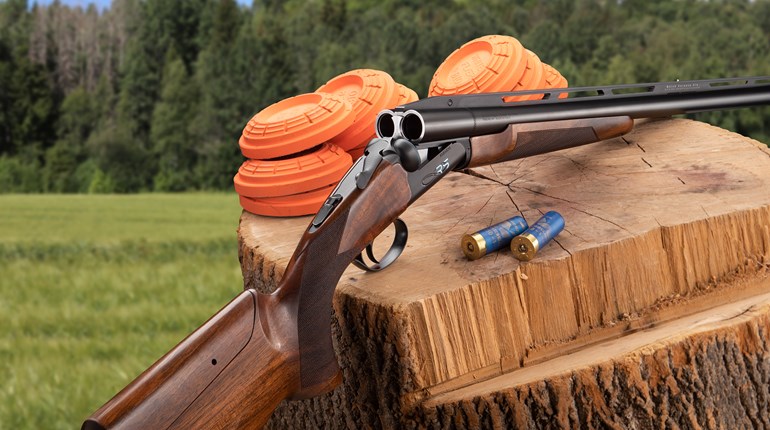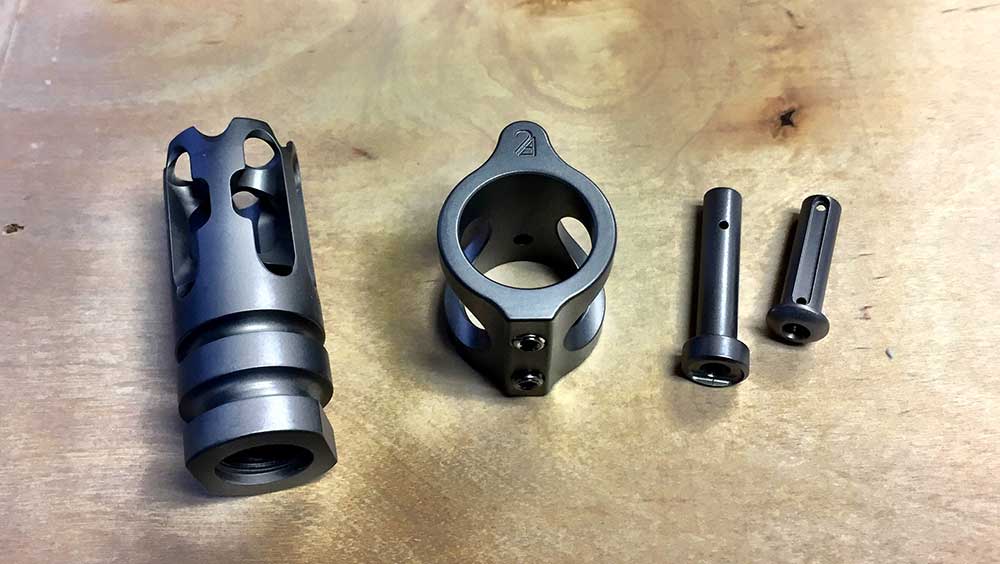
Sure, titanium AR-15 parts are lighter and more durable than their less-expensive counterparts, but are the aesthetics worth the cost? When it comes to saving weight in an AR-15 build, one area where “grams make ounces, and ounces make pounds” is evident is in the small components. Safety selectors, magazine releases, takedown pins and myriad other parts don’t add a ton of weight by themselves, but as an aggregate can add up. Using exotic materials like magnesium or titanium can help shave weight off strategically.
There are quite a few companies that make titanium parts; we used some of V7 Weapons Systems components in our ultralight AR-15 build last year. Today we’re taking a look at some of the titanium components from 2A Armaments:
T3 Titanium Compensator: When it comes to your muzzle device, there’s a wide variety of options out there. The T3 Comp offers dual baffles to combat both muzzle rise and mitigate recoil, allowing faster recovery between shots and more-rapid follow-up shots. The good news is the weight savings—a full 1.2 ounces over the comparable steel version from 2A Armament. MSRP: $129.
Titanium Gas Block: You wouldn’t think that a gas block would save all that much weight, but you might be surprised. The Ti block shaves off .6 ounce overall; again, not a huge savings but it does add up. It’s also only a $20 premium over the analogous steel variant, so it’s not a huge bump in price. MSRP: $79.
Titanium Takedown Pins: Here’s an area where the weight savings is on the small side (.2 ounce), but the advantages are definitely worth the $11 increase in price over steel. Having worked with titanium parts in the past, the fit and finish is slicker and finer than the steel, and in a component like the takedown pin that sees a lot of use, it’s well worth the money. MSRP: $38.
Whether it’s worth the extra money to save a seemingly small amount of weight (we’ve shaved 2 ounces off a build using the parts listed above, for example) is really up to the builder. The advantages of titanium are multifold; in addition to the lighter weight, the components are stronger and generally have a finer finish than their aluminum or steel counterparts. There’s also no denying a strong aesthetic appeal, and the titanium is easier to keep clean. There’s plenty of reasons to spring for the upgrade.













